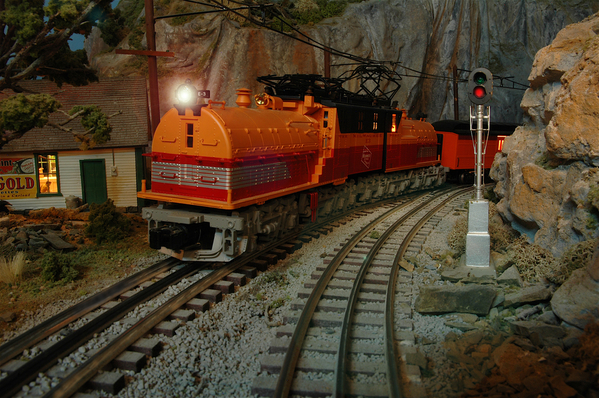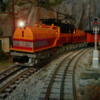Friends,
Pictured below are two track signals I purchased from a train show just prior to the lock-down. At the time of sale, the seller wasn't sure if they even worked let alone who made them. They had been removed from a layout by the seller.
Both units are about 7.5 to 8 inches tall and are of brass construction.
Since then I've been able to correctly label and identify each lamp and its appropriate common. On both sets of signals I applied between 3-8 V DC to each lamp and they lit without any issues.
The question I have is what components are needed to get these O Scale signals to work properly on a layout? By this I mean as the train is approaching and leaving a block the signals begin to change color appropriately.
If possible a simple wiring diagram would assist me greatly to understand the installation instructions.
In advance Thanks for your time and effort.
There aren't any markings on the black base.






